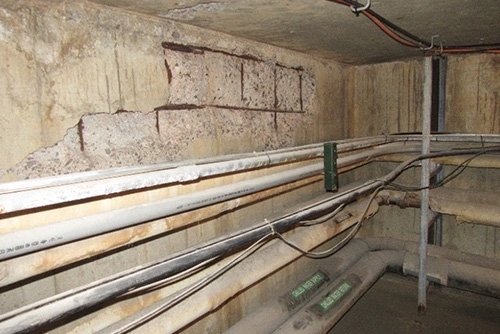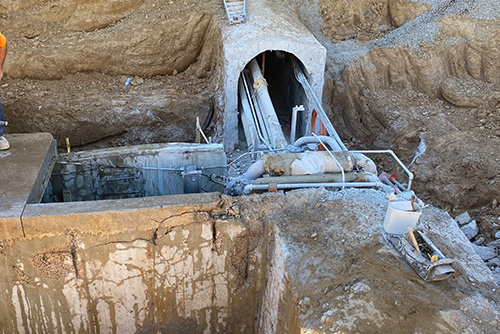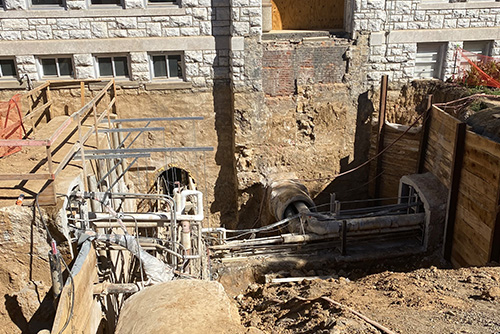SEMO Tunnels
Continue to main contentWait, There Are Tunnels Under Southeast?
Whether you believe it to be an urban legend or thing of campus lore, there are in fact a system of tunnels running beneath Southeast Missouri State University. And, depending on who you talk to, the origin stories are fascinating. We caught up with Director of Facilities Management Angela Meyer to get all the details, including a big project currently ongoing with the tunnels.
Angela, we’ve heard so much about the Southeast tunnels. We need you to tell us what’s true and debunk the myths.
I have a feeling it isn’t going to be as interesting as you’re hoping!
So, one of the things students say is that the tunnels were part of the Underground Railroad. True or false.
The oldest recorded date of construction is tunnel 23 which was built in 1938, so I’m going to have to say false on this one.
Are they haunted?
In the 21 years I have been working on campus, I have neither experienced nor has anyone reported seeing any ghosts.
Students are always interested to learn they exist and what they look like.
Yes, FM is aware that students are genuinely intrigued by the fact we have a tunnel system however the tunnel system’s sole purpose is to distribute utilities across campus. They are concrete structures defined as confined space and very dangerous because they contain high pressure steam and, in some cases, high voltage electricity. If a steam pipe were to burst, you would be disintegrated.
That is scary. So why do we have them?
The tunnel system interconnects buildings across campus and distributes utilities such as electricity, high pressure steam, domestic cold and hot water, condensate, and fiber optic cables. The tunnels provide us with a way to distribute utilities in a space that we can access rather than direct bury in the ground.
Where are the tunnels?
There are approximately 9,700 feet of campus utility tunnels containing nearly 58,000 feet of various utility piping connecting nearly every building on the main campus. The utilities in these tunnels are crucial to the operation of this campus.
What work is happening to the tunnels now?
In 2018 the University hired a consultant to provide a tunnel condition assessment report. That report provided the data needed to recommend and prioritize the repair and/or replacement of the tunnel structures and the utility piping. A combination of age and excessive use of salt (because many of our sidewalks are actually utility tunnel lids and we salt sidewalks during winter ops) has led to an increase in deterioration. We completed the first tunnel project at Group Housing in 2020. We are currently replacing the tunnel between Serena and Academic.
Where can we expect the next projects?
The next round should be between Scully and Towers.
How long will this work keep things in good repair?
As with any construction type, there will always be normal wear and tear. The existing tunnels are more than 80 years old. Construction materials and methods have progressed over the years, and we hope to get another 80 years as we work on each tunnel.
The recent water main burst that closed main campus—was that because of this project?
No. The water main was located in a tunnel not associated with the project. It was unfortunately just regular equipment failure. Thankfully, repair parts and labor were readily available. FM staff along with our work order contractor were able to complete the work in a very timely manner.
This story is coming out in October. Are you sure there have been no ghost sightings? I just feel like it could make it more interesting.
Sorry, no ghosts! But for our team, keeping all the systems and facilities running smoothly so that no one on campus ever even thinks about tunnels, buildings, and utilities is as scary as it gets.



